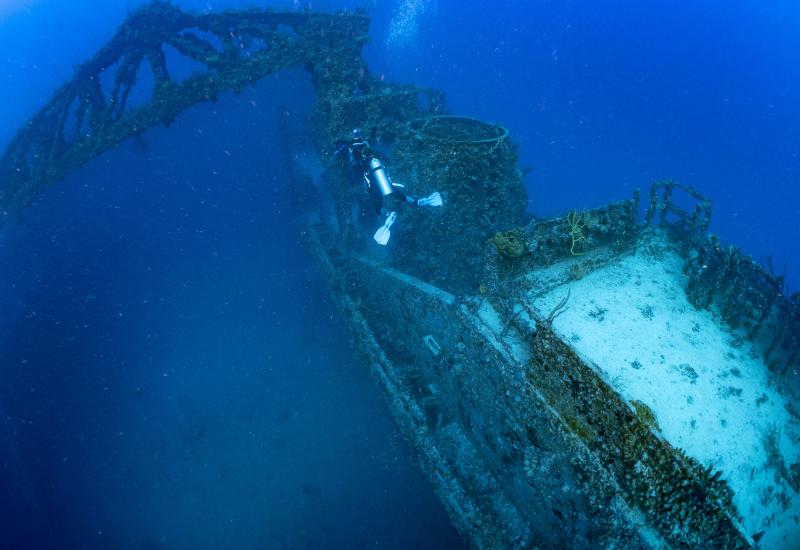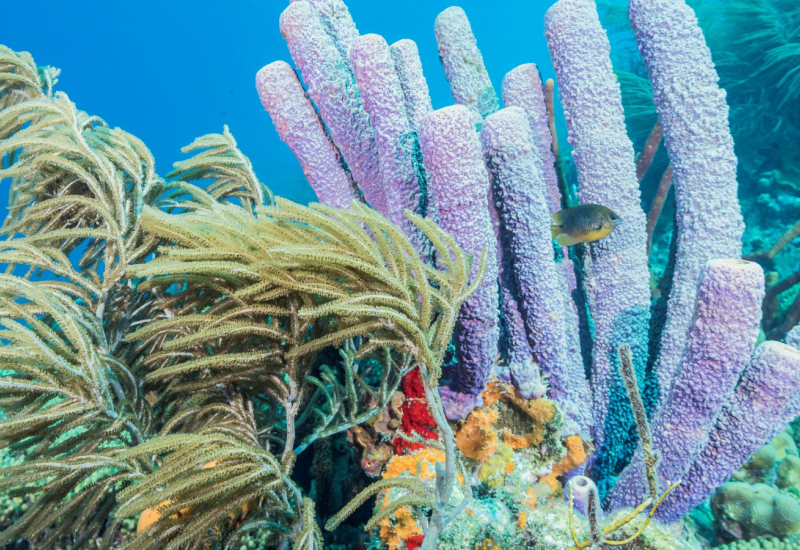The Great Barrier Reef's Great Eight
The Great Eight
As the world’s largest reef system, the Great Barrier Reef off the coast of Queensland, Australia, is one place all scuba divers must visit. Stretching roughly 1400 miles along Australia’s northeast coast, the Great Barrier Reef covers an immense area of more than 134,000-square miles. In fact, the coral that makes up its primary foundation is the Earth’s largest living structure — so large it can even be seen from outer space. Extending over such a vast expanse of ocean, the Great Barrier Reef is teeming with all manner of marine life, ranging from huge humpback whales to tiny clownfish. If you’re planning a dive vacation to the Great Barrier Reef, here are eight iconic sea creatures you won’t want to miss.
1. Whales
During Australia’s winter, from June to September, up to 10, 000 whales migrate north from Antarctica’s colder waters to the warm shallows of the Great Barrier Reef to breed and birth their calves. While humpback whales and dwarf minke whales are typically the most common species spotted by divers on the Great Barrier Reef, false killer whales, killer whales, short-finned pilot whales, sperm whales and various beaked whales can also be found.
2. Sea Turtles
Six of the world’s seven species of sea turtles can be found in the waters around the Great Barrier Reef. The most commonly sighted species are green, hawksbill and loggerhead turtles. From late October to early March, sea turtles lay their eggs on the islands of the Great Barrier Reef, with turtle hatchlings seen making their way across the beach into the ocean between December and March. These rookeries are typically found in the southern and northern reaches of the Great Barrier Reef.
3. Sharks
The Great Barrier Reef is home to numerous species of sharks, ranging from small, bottom-dwelling sharks, like wobbegongs, to larger types, like tiger and hammerhead sharks. The most common species of sharks seen on the Great Barrier Reef are white-tip or black-tip reef sharks. These sharks feed on fish and pose no danger to divers; in fact, they are quite timid and are easily scared.
4. Clownfish
Made famous by the Disney Pixar film Finding Nemo, the colorful clownfish is found along the entire length of the Great Barrier Reef. These small, striped fish are often spotted living amongst the stinging tentacles of the sea anemone. Clownfish and the anemone share a unique symbiotic relationship. Clownfish are immune to the anemone's sting, which provides the fish with a safe haven from predators. In turn, the clownfish helps the anemone by attracting larger fish, which get stung and eaten by the anemone.
5. Giant Clams
The famous giant clam, the world’s largest species of mollusk, can be found up and down the Great Barrier Reef. Like their smaller cousins, giant clams are composed of two hard shells housing the animal's soft muscle tissue inside. Unlike the smaller variety, however, giant clams can grow up to four feet long and weigh more than 500 pounds. The hefty creatures also live to be more than 100 years old. While giant clams are rumored to trap unsuspecting divers in their quickly closing shells, there have never been any substantiated reports of human deaths from these animals.
6. Rays
Several species of rays live along the Great Barrier Reef, from the common stingray to the large Pacific manta ray. The Pacific manta ray is the largest of all rays, growing up to 22 feet wide and weighing up to 3000 pounds. These massive, yet graceful, creatures offer a thrilling encounter for divers on the Great Barrier Reef, and are most frequently spotted at Lady Elliott Island and around the Whitsundays and Port Douglas.
7. Cod and Grouper
Cod and Grouper are among the largest of all bony fish and boast equally big mouths. Both species tend to be slow swimmers and are not known for their agility, plus they’re relatively unafraid of divers — all of which make them great models for underwater photography. The Queensland Grouper, or giant grouper, is the largest bony fish found on the Great Barrier Reef. It’s known to grow to massive sizes of more than eight feet long and weigh up to 800 pounds. The Potato Cod is another big fish in the grouper family, growing up to six feet long and weighing more than 200 pounds. Potato Cods get their names from the distinctive brown markings shaped like potatoes that cover their bodies.
8. Maori Wrasse
The Maori wrasse, also known as Napoleon or humphead wrasse, is the largest species in the wrasse family. They can grow to more than six feet long and weigh nearly 400 pounds. Adult Maori wrasse can be easily identified by their large lips and the prominent hump on their forehead. The Maori wrasse are currently a protected species in the Great Barrier Reef Marine Park.
The Great Eight
As the world’s largest reef system, the Great Barrier Reef off the coast of Queensland, Australia, is one place all scuba divers must visit. Stretching roughly 1,400 miles along Australia’s northeast coast, the Great Barrier Reef covers an immense area of more than 134,000-square miles. In fact, the coral that makes up its primary foundation is the Earth’s largest living structure — so large it can even be seen from outer space. Extending over such a vast expanse of ocean, the Great Barrier Reef is teeming with all manner of marine life, ranging from huge humpback whales to tiny clownfish. If you’re planning a dive vacation to the Great Barrier Reef, here are eight iconic sea creatures you won’t want to miss.
1. Whales
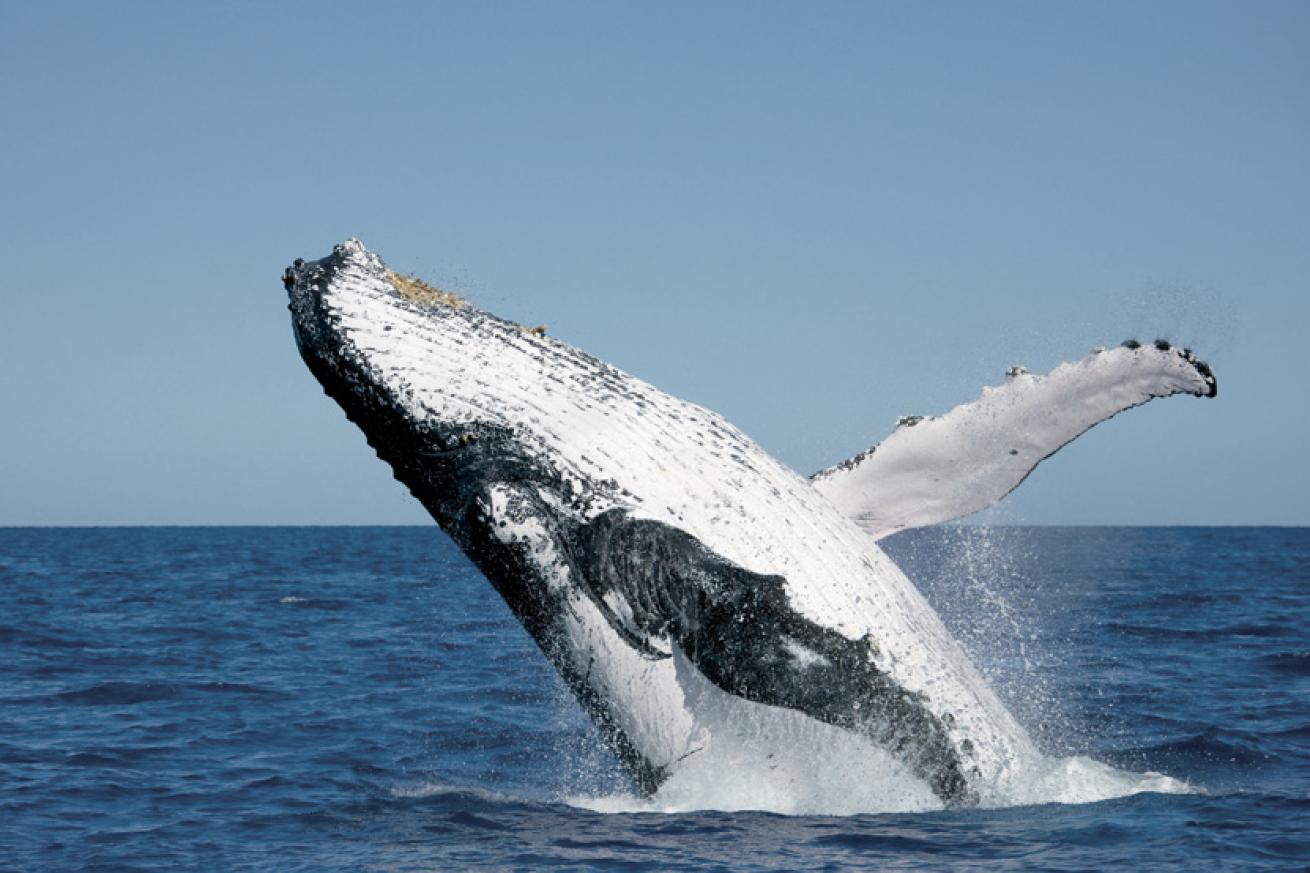
-----Whales
During Australia’s winter, from June to September, up to 10, 000 whales migrate north from Antarctica’s colder waters to the warm shallows of the Great Barrier Reef to breed and birth their calves. While humpback whales and dwarf minke whales are typically the most common species spotted by divers on the Great Barrier Reef, false killer whales, killer whales, short-finned pilot whales, sperm whales and various beaked whales can also be found.
2. Sea Turtles
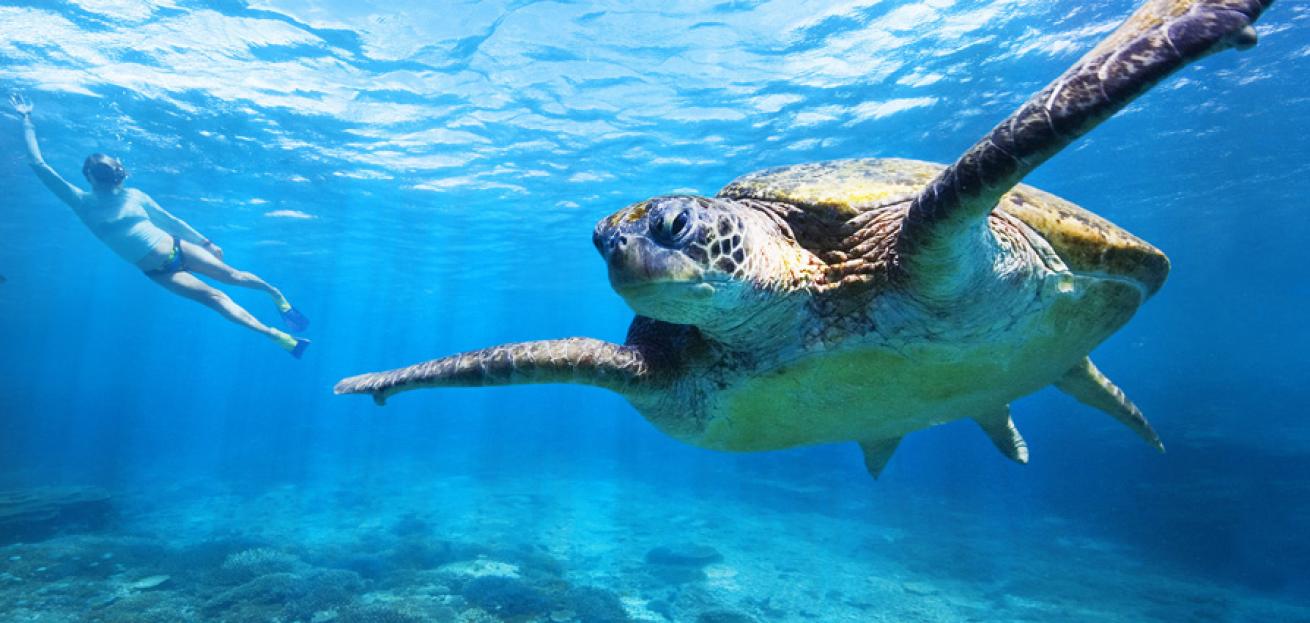
-----Sea Turtles
Six of the world’s seven species of sea turtles can be found in the waters around the Great Barrier Reef. The most commonly sighted species are green, hawksbill and loggerhead turtles. From late October to early March, sea turtles lay their eggs on the islands of the Great Barrier Reef, with turtle hatchlings seen making their way across the beach into the ocean between December and March. These rookeries are typically found in the southern and northern reaches of the Great Barrier Reef.
3. Sharks
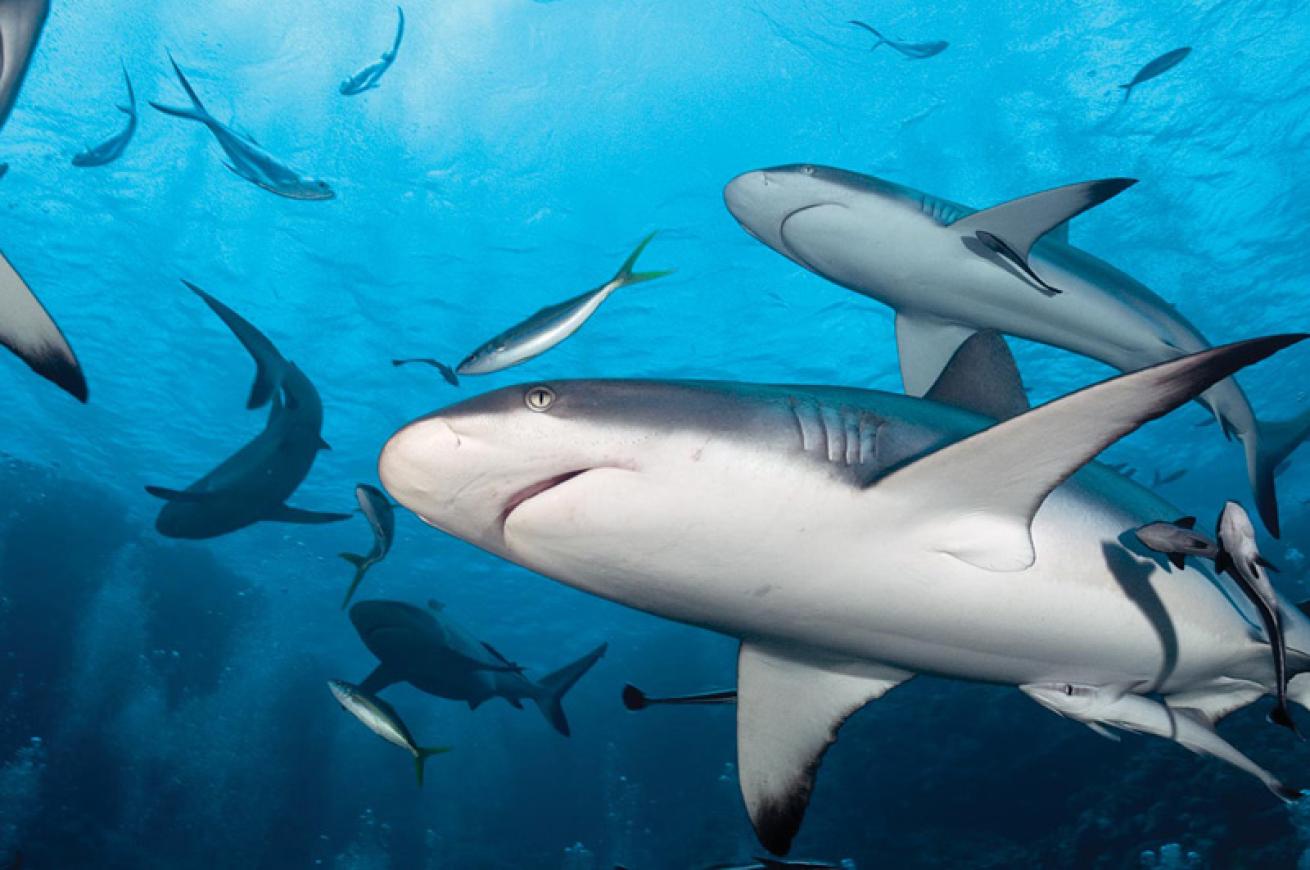
-----Sharks
The Great Barrier Reef is home to numerous species of sharks, ranging from small, bottom-dwelling sharks, like wobbegongs, to larger types, like tiger and hammerhead sharks. The most common species of sharks seen on the Great Barrier Reef are white-tip or black-tip reef sharks. These sharks feed on fish and pose no danger to divers; in fact, they are quite timid and are easily scared.
4. Clownfish
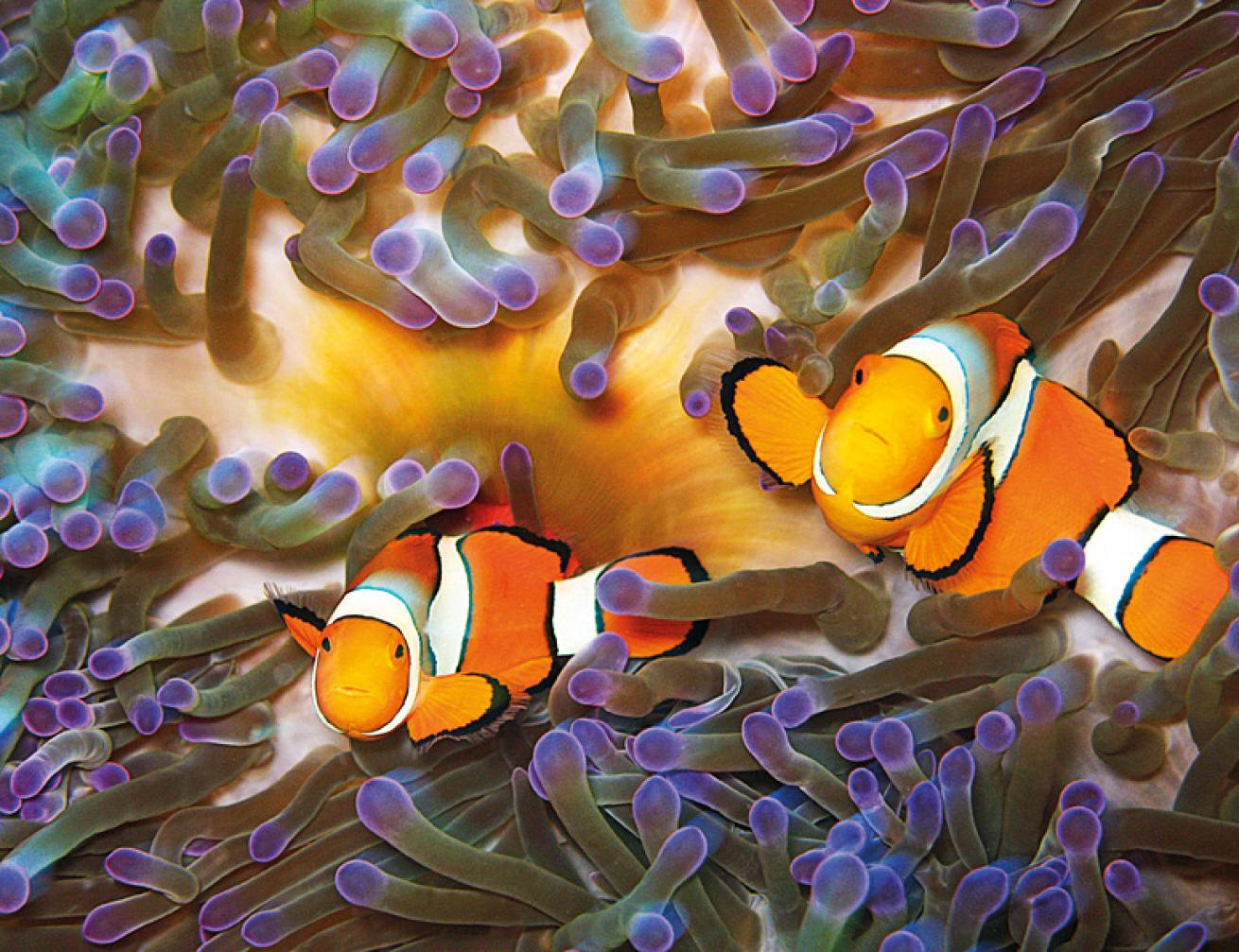
-----Clownfish
Made famous by the Disney Pixar film Finding Nemo, the colorful clownfish is found along the entire length of the Great Barrier Reef. These small, striped fish are often spotted living amongst the stinging tentacles of the sea anemone. Clownfish and the anemone share a unique symbiotic relationship. Clownfish are immune to the anemone's sting, which provides the fish with a safe haven from predators. In turn, the clownfish helps the anemone by attracting larger fish, which get stung and eaten by the anemone.
5. Giant Clams
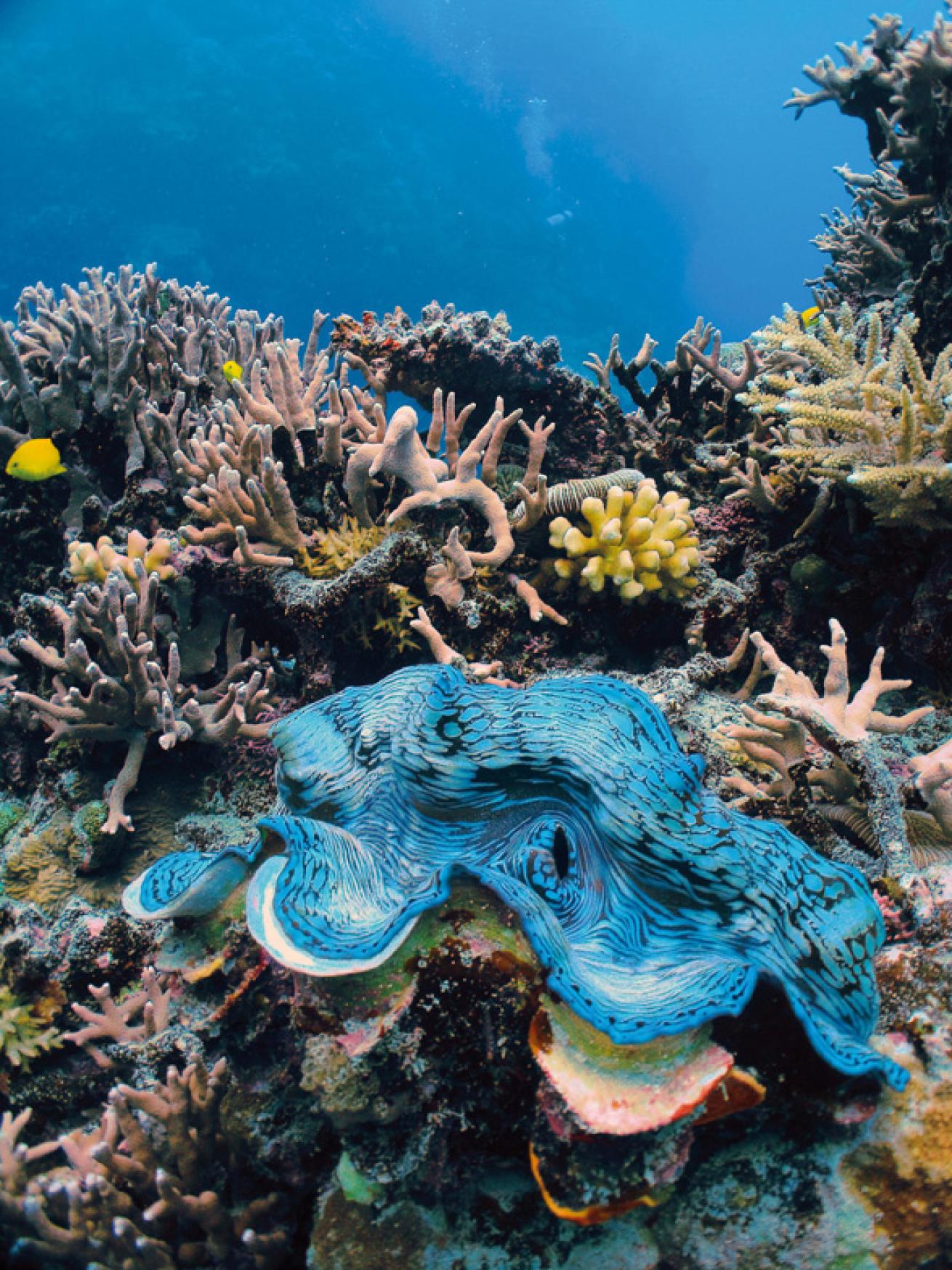
-----Giant Clams
The famous giant clam, the world’s largest species of mollusk, can be found up and down the Great Barrier Reef. Like their smaller cousins, giant clams are composed of two hard shells housing the animal's soft muscle tissue inside. Unlike the smaller variety, however, giant clams can grow up to four feet long and weigh more than 500 pounds. The hefty creatures also live to be more than 100 years old. While giant clams are rumored to trap unsuspecting divers in their quickly closing shells, there have never been any substantiated reports of human deaths from these animals.
6. Rays
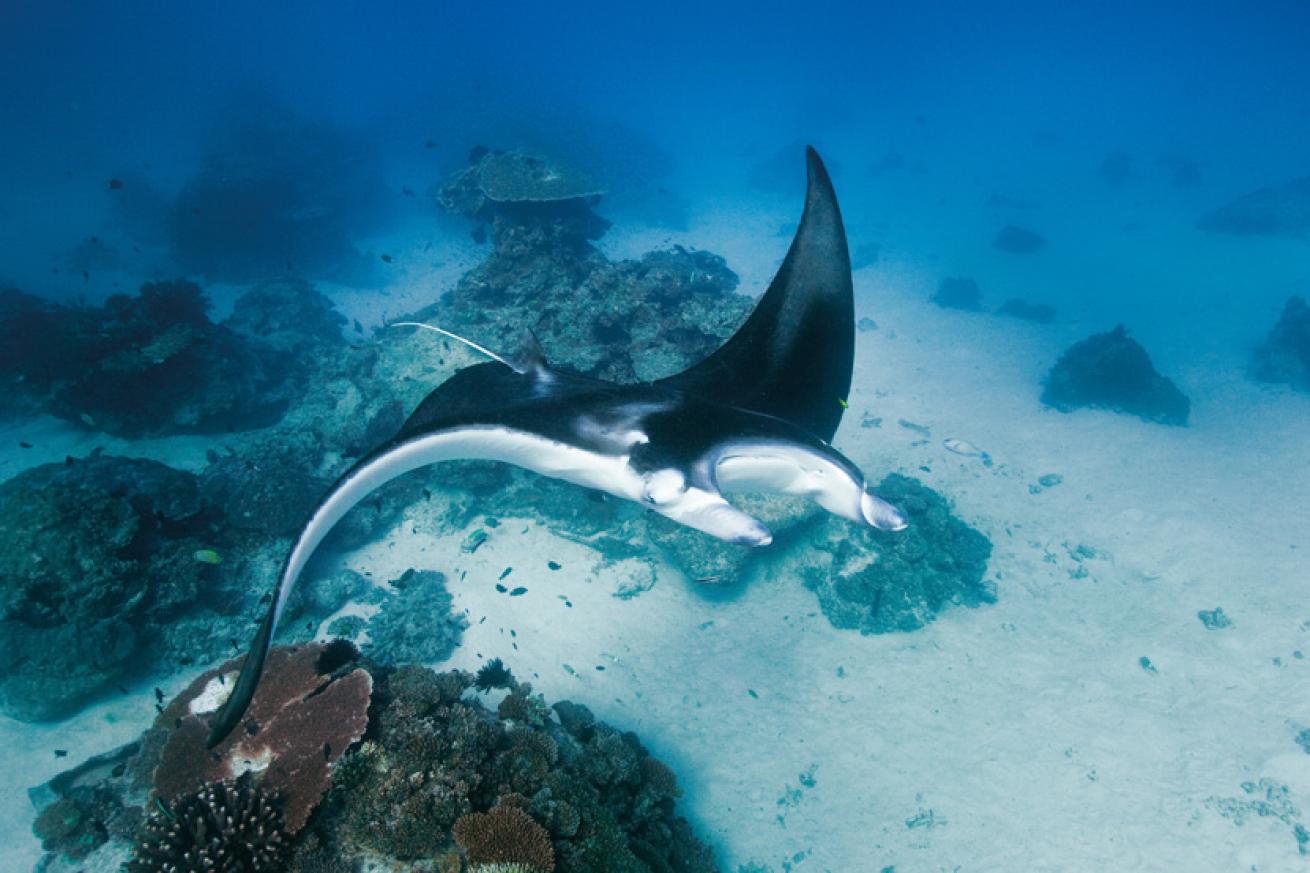
-----Rays
Several species of rays live along the Great Barrier Reef, from the common stingray to the large Pacific manta ray. The Pacific manta ray is the largest of all rays, growing up to 22 feet wide and weighing up to 3000 pounds. These massive, yet graceful, creatures offer a thrilling encounter for divers on the Great Barrier Reef, and are most frequently spotted at Lady Elliott Island and around the Whitsundays and Port Douglas.
7. Cod and Grouper
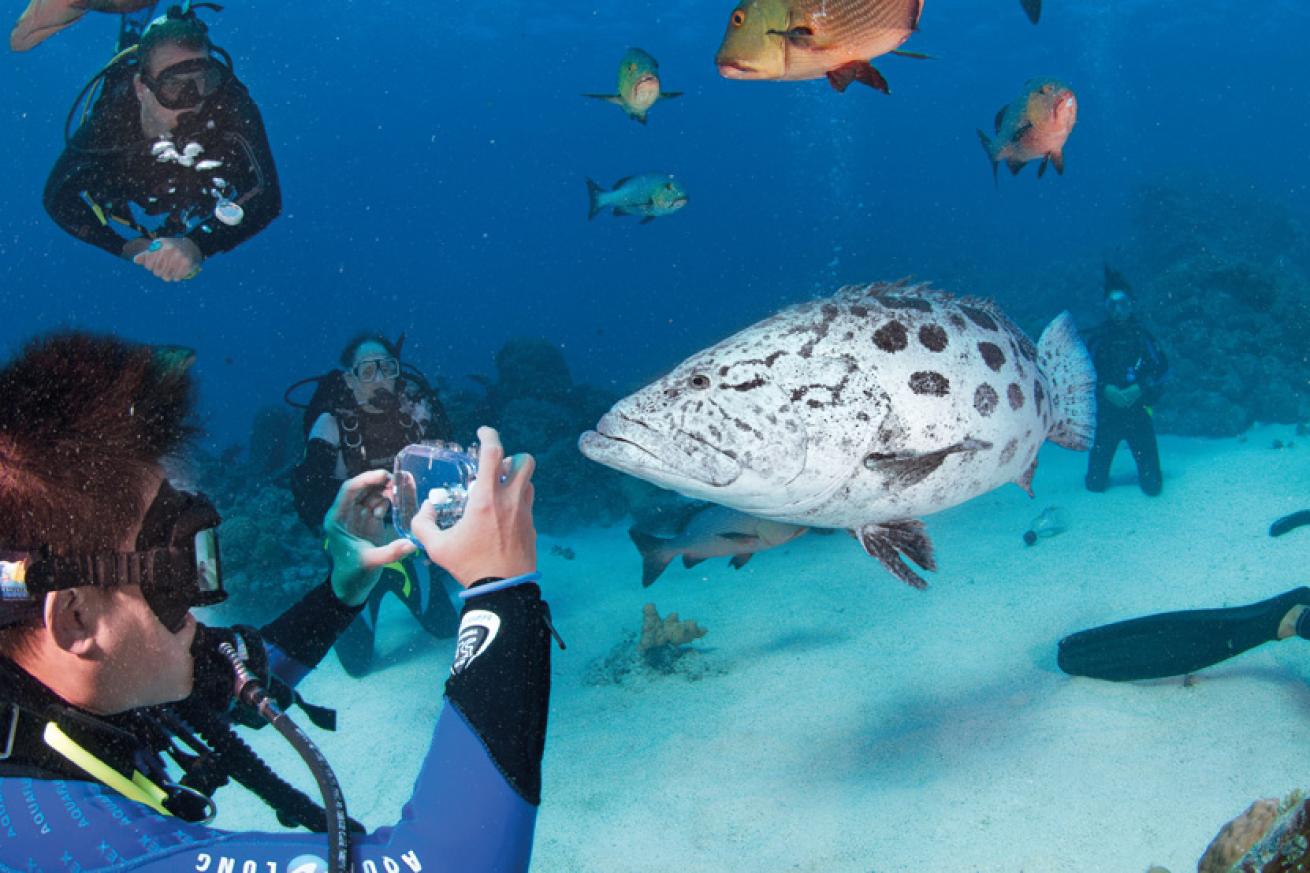
-----Grouper and cod
Cod and Grouper are among the largest of all bony fish and boast equally big mouths. Both species tend to be slow swimmers and are not known for their agility, plus they’re relatively unafraid of divers — all of which make them great models for underwater photography. The Queensland Grouper, or giant grouper, is the largest bony fish found on the Great Barrier Reef. It’s known to grow to massive sizes of more than eight feet long and weigh up to 800 pounds. The Potato Cod is another big fish in the grouper family, growing up to six feet long and weighing more than 200 pounds. Potato Cods get their names from the distinctive brown markings shaped like potatoes that cover their bodies.
8. Maori Wrasse
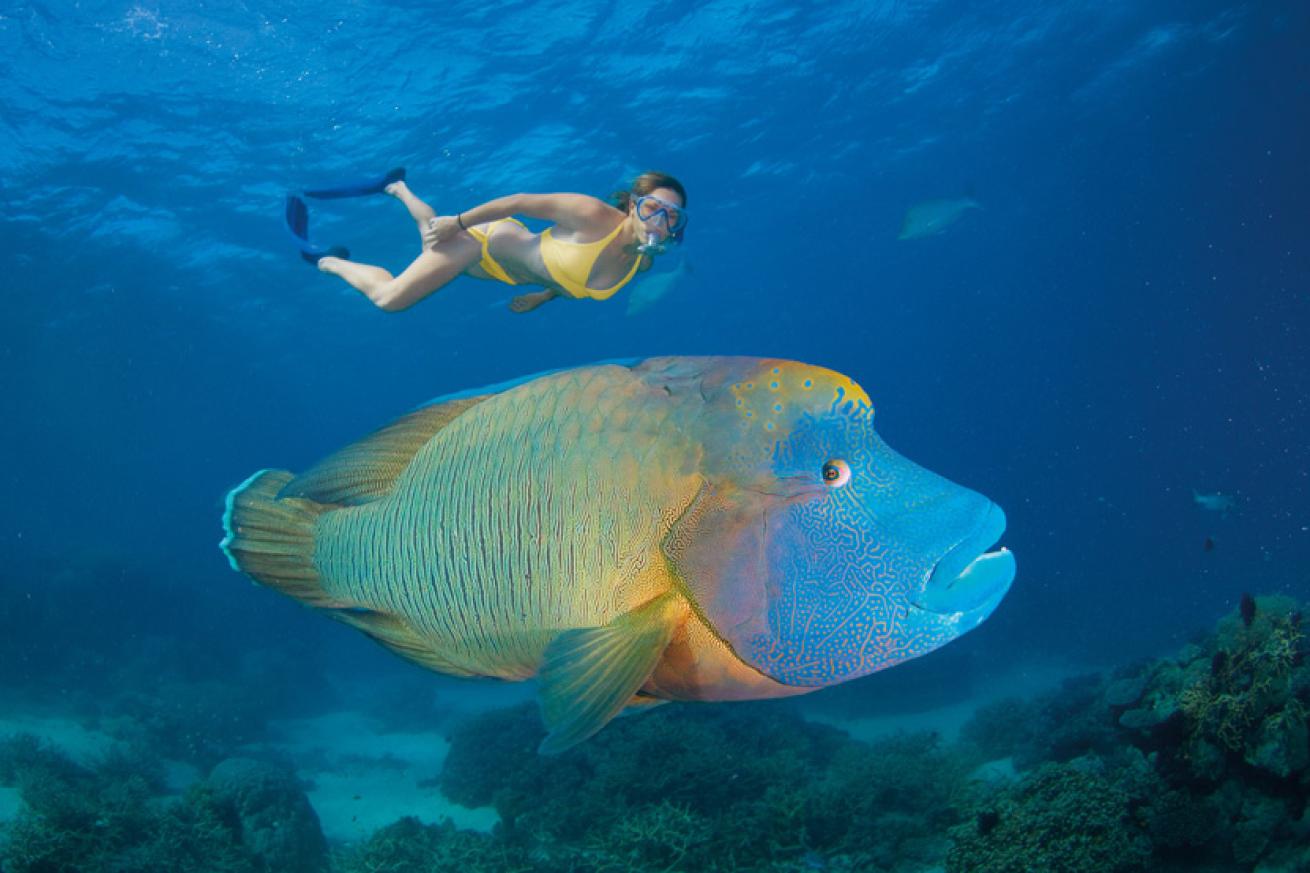
-----Maori Wrasse
The Maori wrasse, also known as Napoleon or humphead wrasse, is the largest species in the wrasse family. They can grow to more than six feet long and weigh nearly 400 pounds. Adult Maori wrasse can be easily identified by their large lips and the prominent hump on their forehead. The Maori wrasse are currently a protected species in the Great Barrier Reef Marine Park.

